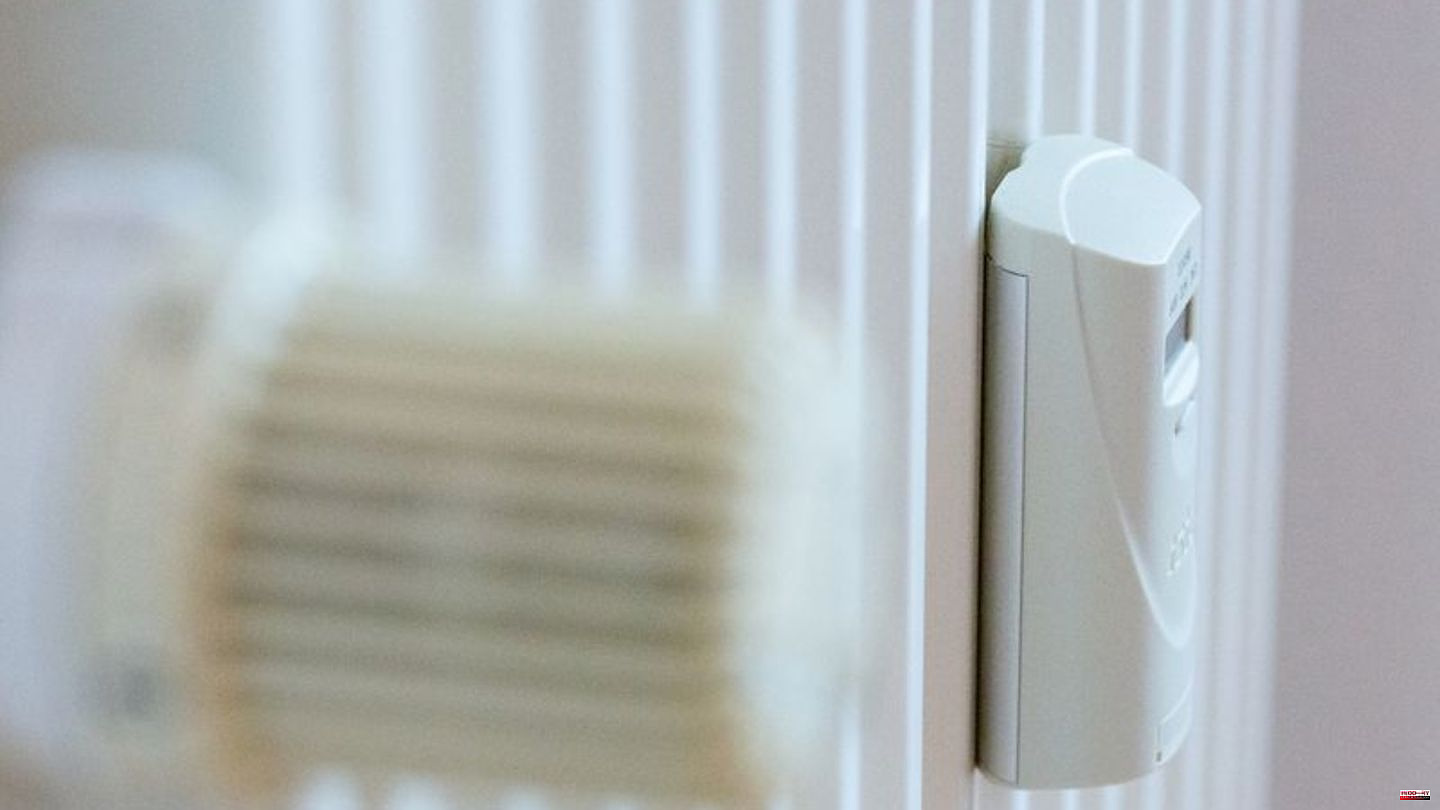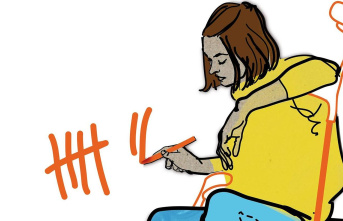With the energy price brakes for electricity and gas to be billed by the suppliers from March, there are strong differences in the need for subsidies depending on the starting tariff. The comparison portal Verivox determined this by evaluating all basic service tariffs.
According to this, a model family in the basic supply will be relieved by the brakes of around 216 euros for electricity and around 718 euros for gas on the national average this year. Because the basic supply tariffs in Berlin and Schleswig-Holstein are comparatively high, according to Verivox, the relief is particularly high there. In Bremen, on the other hand, the state only has to subsidize a small amount.
Brakes are retroactive
With the price caps for households, the electricity price is capped at 40 cents per kilowatt hour and the gas price at 12 cents per kilowatt hour. The caps apply to 80 percent of the forecast consumption volume. For the remaining consumption, the normal tariff must be paid. The brakes apply retrospectively from January, but are only billed for the first time in March.
For gas (annual consumption: 20,000 kilowatt hours), the highest relief amounts are due in Berlin (1230 euros), Saxony-Anhalt (947 euros) and Thuringia (938 euros). Comparatively little state support is required in Bremen (140 euros), Schleswig-Holstein (510 euros) and Lower Saxony (516 euros). The calculations are based on the basic supply tariffs in March, calculated for the whole year.
In the case of electricity (annual consumption: 4000 kilowatt hours), the highest levels of state aid flow in Schleswig-Holstein (447 euros), Brandenburg (403 euros) and Thuringia (376 euros). They are lowest in Bremen (EUR 26), Berlin (EUR 45) and Hamburg (EUR 92).
Lowest tariffs nationwide under price cap
According to the Federal Network Agency, in 2021 almost every fourth household customer (24 percent) was in the basic supply for both gas and electricity. Observers consider it likely that the share has increased over the past year, partly because basic supply tariffs were often cheaper than alternative tariffs at the height of the energy crisis. The default supplier is the energy supplier that supplies most households with electricity and/or gas in a network area.
The comparison portal pointed out that the cheapest available alternative tariffs were currently nationwide below the respective price cap. By changing provider, you could save an additional 445 euros on gas and 286 euros on electricity.












